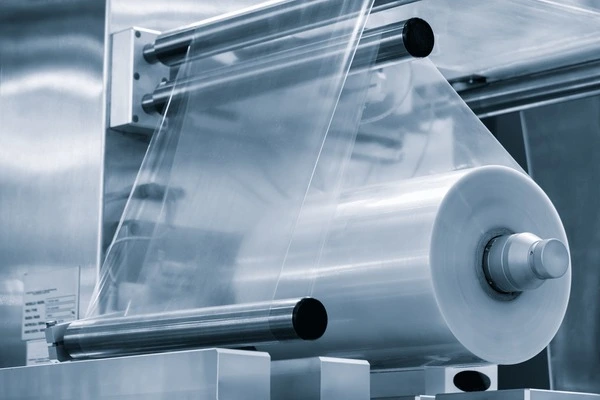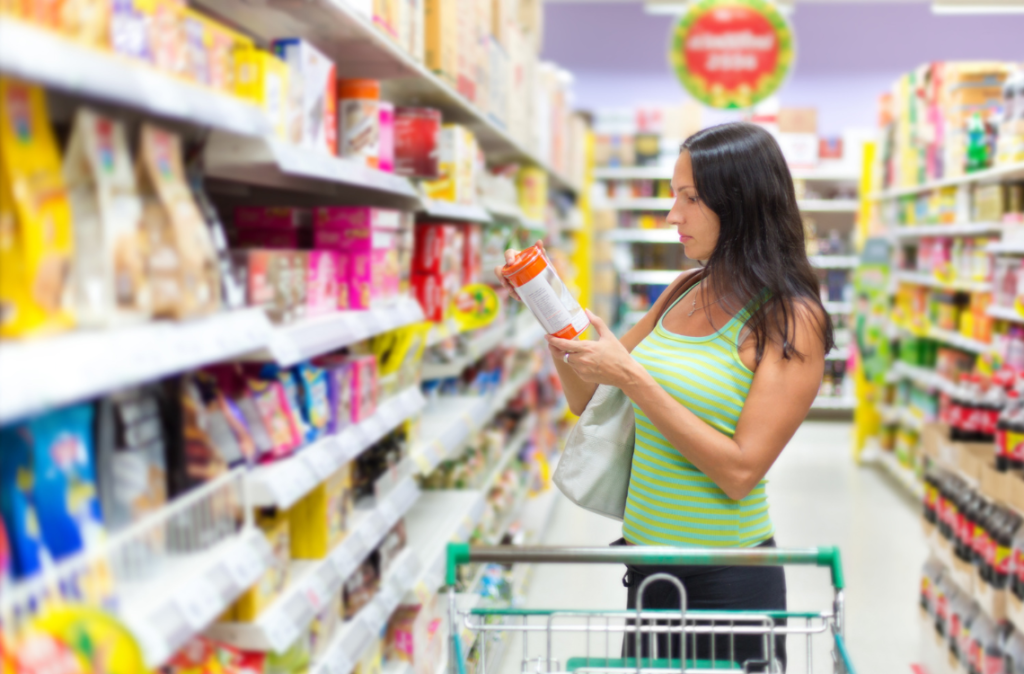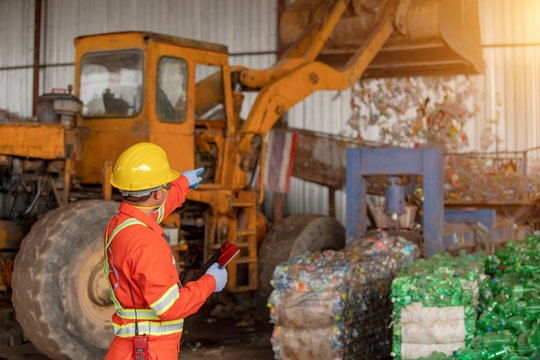As the UK pet food market continues to expand, brands are rethinking how their packaging performs, not only in protecting quality but also in communicating sustainability and care. Flexible pouches have become the backbone of modern pet food packaging UK, offering lighter materials, resealable convenience, and a premium shelf appearance that rigid packaging simply can’t match.
According to Grand View Research, the UK pet food industry is on track for strong, steady growth through 2030. With that growth comes a demand for smarter packaging, and flexible packaging for pet food is leading the way. From small brands to large private labels, businesses are switching to pet food pouches UK that combine freshness, durability, and recyclability without compromising design freedom.
The Rise of Flexible Packaging
Across Europe, sustainability targets and changing consumer expectations are reshaping packaging priorities, but nowhere is this more visible than in the UK pet food sector. Smurfit Kappa highlights how brand owners are moving from rigid tins and trays to stand-up pouches pet food formats that reduce carbon footprint and logistics costs. These pouches take up less space, weigh less during transport, and require fewer raw materials, making them a win for both profitability and environmental responsibility.
At the same time, market data from Allied Market Research shows that sustainable pet food packaging UK now accounts for the fastest-growing product category within the pet food packaging segment. Many of these innovations include resealable pet food bags designed for multiple uses, helping reduce waste while keeping the contents fresh and hygienic. As a result, flexible packaging for pet food has moved beyond being a niche innovation, it’s now the industry standard for balancing cost, quality, and sustainability in the UK market.
Why Flexible Packaging Leads Petfood Industry
Flexible packaging are increasingly replacing tins, trays and rigid tubs. A global outlook from Allied Market Research values the pet food packaging market at over USD 11 billion by 2032, driven primarily by stand-up pouches pet food and high-barrier films. The study also highlights that flexible laminates outperform rigid packaging in logistics, shelf presentation and overall product protection.
1. Functional Advantages: Freshness, Protection & Ease
Brands adopting flexible packaging for pet food gain tangible performance benefits. Laminates such as PET/AL/PE or BOPP/metPET/PE maintain aroma, flavour and nutritional integrity over long storage periods. Modern resealable pet food bags feature zippers or sliders to preserve freshness after opening. In technical terms, stand-up pouches reduce oxygen ingress, prevent grease leakage and resist puncture under mechanical stress. These structures also enable efficient heat sealing, ideal for semi-moist or retortable products.
2. Design & Branding: Premium Look, Practical Structure
Beyond performance, premium pet food packaging solutions play a crucial role in shaping brand perception. Flexible films support high-resolution digital or gravure printing with vibrant colours and tactile finishes that reinforce trust. For designers, flexible substrates also allow window panels and custom die-cuts, features that reinforce authenticity and freshness. Pet food pouches no longer simply package product; they communicate care, quality and innovation. Brand teams seeking differentiation can use this medium to showcase provenance, ethical sourcing or nutritional claims without cluttering design space.
3. Sustainability: From Compliance to Competitive Advantage
Environmental responsibility is central to sustainable pet food packaging UK. Mintel emphasises that eco-aware pet owners are actively rewarding brands adopting recyclable and lower-carbon formats. Flexible laminates use up to 70 percent less material than traditional rigid packs, dramatically cutting waste. Many converters now offer mono-PE or mono-PP structures that qualify for supermarket drop-off recycling schemes. These are engineered to maintain barrier properties comparable to aluminium foil, giving both sustainability and performance benefits.
Sustainability is now a regulatory priority under the UK’s Extended Producer Responsibility framework. Using sustainable pet food packaging formats not only reduces environmental impact but also demonstrates compliance and forward-thinking brand values. Grand View Research further predicts that recyclable flexible formats will be the fastest-growing segment within the UK pet food industry, supported by government incentives and shifting retailer expectations.
4. The Consumer Connection: Trust Through Functionality
For brands aiming to strengthen loyalty, packaging is now a tangible expression of quality. British consumers link packaging durability and reusability directly to trust in the brand. A resealable feature not only preserves freshness but signals care and consistency. That perception is amplified when packaging also carries clear recycling guidance or reduced-plastic claims. Premium pet food packaging built from recyclable mono-materials therefore deliver a dual benefit: a functional upgrade and a visible ethical statement.
What Decision-Makers Should Consider
Procurement and R&D teams specifying flexible packaging for pet food should evaluate:
- Film barrier vs. product moisture and fat content.
- Heat-seal temperature range for filling line compatibility.
- Thickness balance for durability vs. sustainability goals.
- Shelf-life validation under ambient and humid conditions.
Investing in research early ensures the structure aligns with both pet nutrition requirements and brand values. Stand-up pouches pet food provide a scalable solution, from sample packs to bulk refills, without major changes to supply chain infrastructure.
Conclusion
The future of pet food packaging lies firmly in innovation, flexibility and sustainability. By choosing flexible packaging for pet food such as resealable pet food bags and stand-up pouches, brands deliver tangible freshness, reduced material impact and enhanced shelf presence. Aligning your packaging decisions with these standards ensures compliance, efficiency and consumer confidence.
For decision-makers, the message is clear: sustainable pet food packaging solutions are not just environmental choice; they are a business advantage that drives loyalty, cuts cost and protects the planet.




